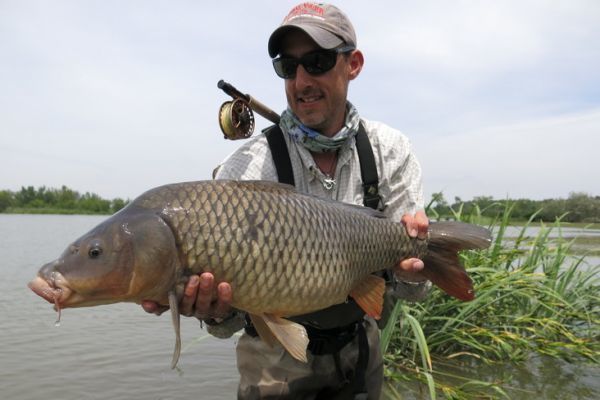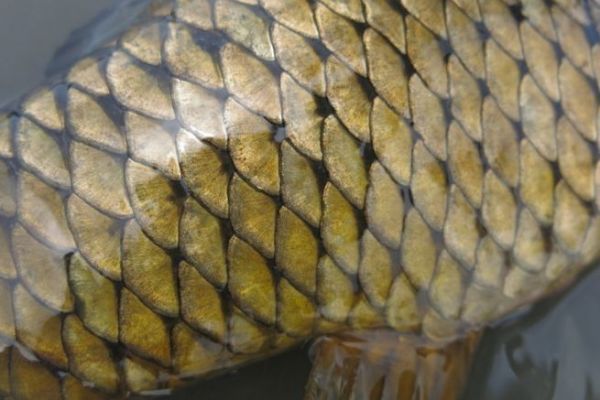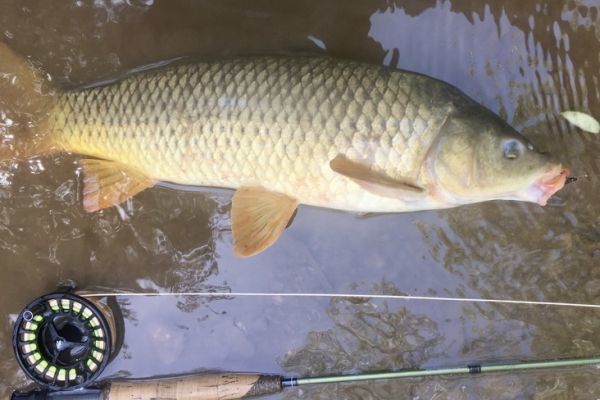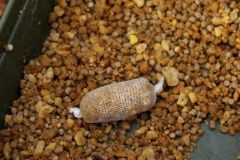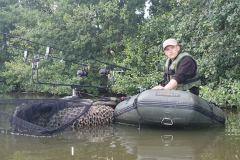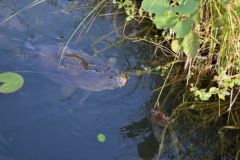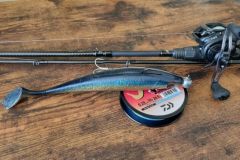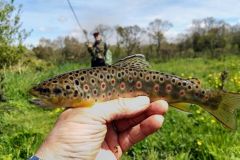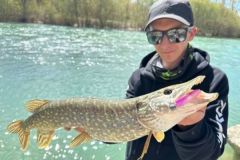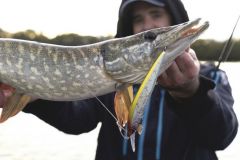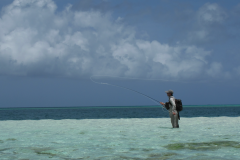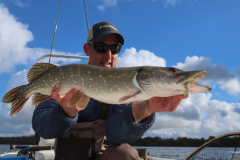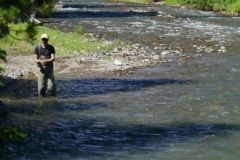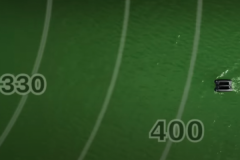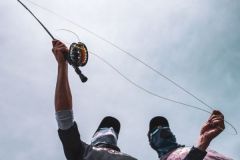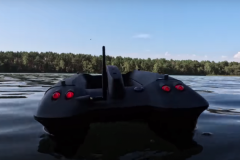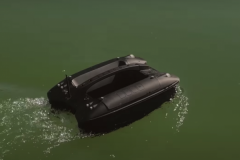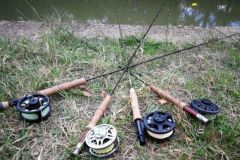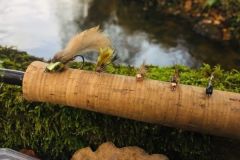Where to fly fish for carp?
Whether common, mirror or leather, carp have the ability to adapt to oxygen-poor environments, so they can be found just about anywhere, in rivers, lakes, ponds and canals.
In rivers, you'll find them mainly in the second category (piscicultural), i.e. rarely in the trout zone, even if in some cases they can also be found in this type of environment. They are most likely to be found in the barbel zone, where the current slows and the river widens.
The ponds are all more or less populated with carp, as are the canals.
The key to sight-fishing for carp is to find clear water where you can see them feeding and present our flies to them. It's not always easy to find clear water where carp live. In fact, as soon as there are a lot of carp, the water quickly becomes turbid, with sediment in suspension as it sinks to the bottom. Nevertheless, some ponds and lakes offer this particular habitat.
Rivers are therefore often the best places to find carp in water clear enough to search for them on sight.
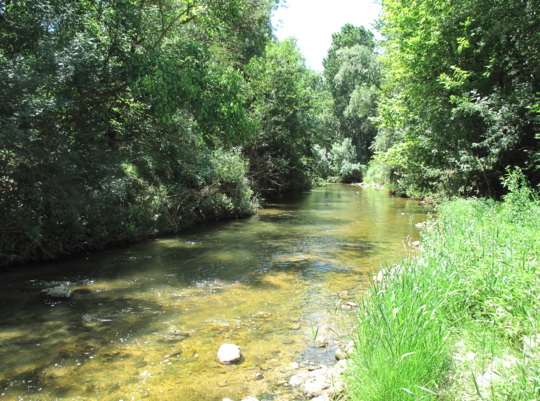
What equipment should I use?
Equipment for searching for trout in reservoirs or for fishing exotic seas or sea bass may well be suitable.
Depending on the size of the individuals you're after, you'll need to adapt the power of your rod.
For carp between 1 and 5 kg, a 7 to 8-power rod is ideal.
For larger carp, a 9-gauge silk will give you more power to counter their powerful rushes and prevent them from breaking you in the often numerous obstacles (stumps, logjams, pebbles, etc.).
The most commonly used rod is a 9-foot 8-gauge silk.
A WF8F floating off-centre line is ideal. The spindle should be offset forward but not too thick and short as a discreet presentation is often required for these very wary fish despite their appearance.
A leader a length and a half from the rod will allow precision and delicacy. A 25° to 35° fluorocarbon tip is often the best choice, depending on the size of the fish you're after.
A good selection of flies to cope with their daily feed as carp can be very selective.
Depending on its environment, it feeds on insects, crustaceans, small fish and worms, as well as seeds and berries of all kinds.
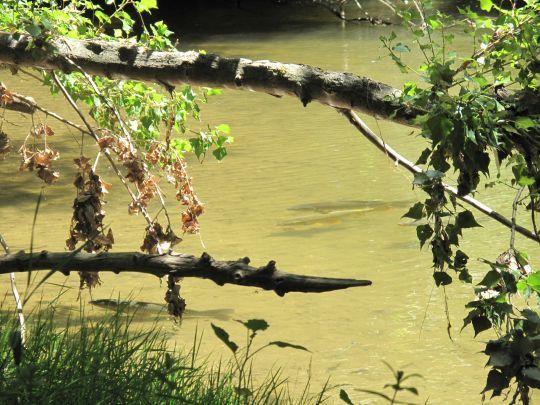
What are the best flies for carp?
Being a burrowing fish, i.e. one that feeds mainly on the bottom, thanks to its downward-facing protractile mouth, our flies will generally be placed on the substrate. Carp forage by picking up and spitting out silt and mud, but they can also pursue and hunt insects such as dragonfly larvae, small fish and crayfish, one of their favourite foods.
They can see much better than you might think, as they can also catch insects between two waters or on aquatic vegetation. Unweighted flies, often smaller in size, are also to be expected in this case.
The flies I've had the most success with are weighted rabbit or marabou streamers with the hook pointing upwards in black, brown or olive.
Large chiro larvae and dragonfly larvae are also very effective.
Flies with small plastic legs (rubber legs) are also good to have in your boxes when fish are active between two waters.
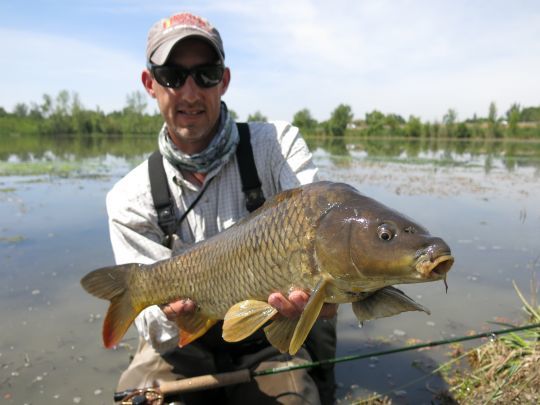
You must therefore present your flies at the right level according to their feeding. You need to be precise and discreet, and try to place your fly in the path of the fish to intercept it.
If their heads are on the bottom, a closer cast may work, as when feeding on larvae on aquatic plants.
Every day and every fishing situation requires adaptation, and nothing is ever written in stone. So you'll have to try different approaches to your favourite spots.


